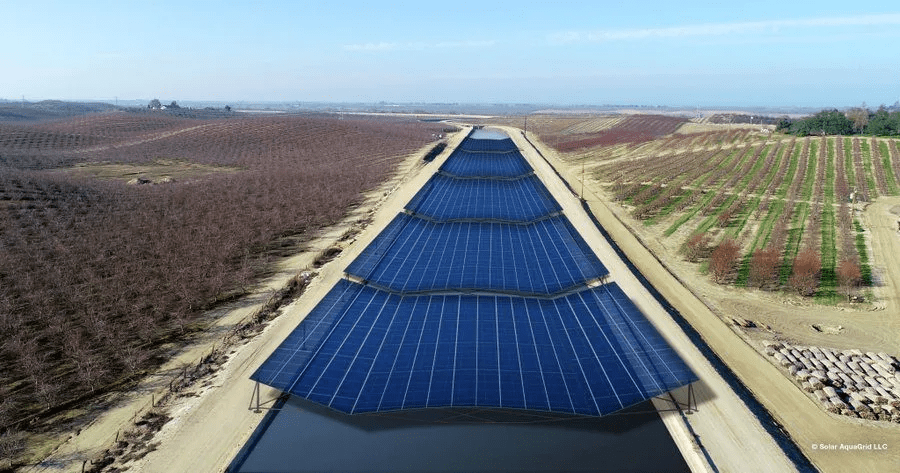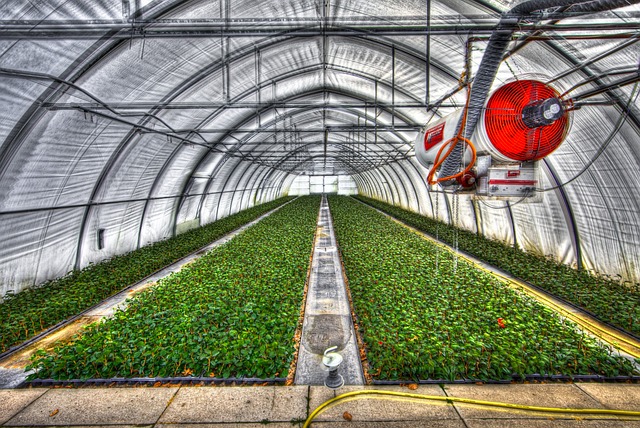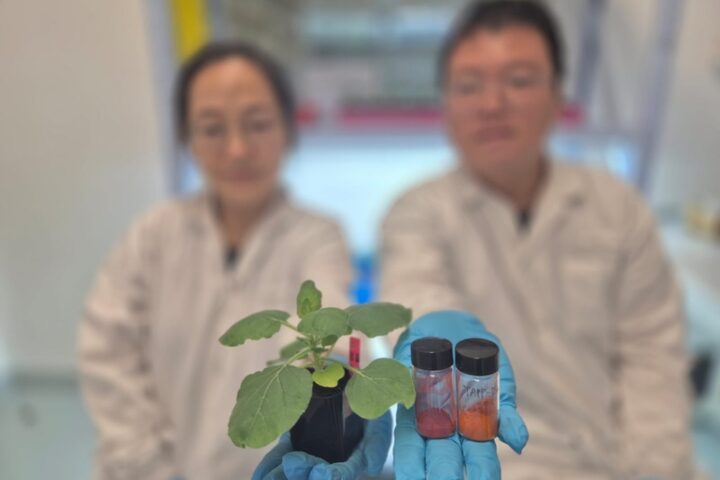The production of ammonia for synthetic fertilizer is a massive chemical market worldwide, but it is also notorious for its high energy consumption and carbon dioxide emissions. The Haber-Bosch process, widely used for ammonia production, accounts for approximately 1% of global fossil fuel usage and carbon emissions, contributing significantly to climate change.
Benjamin Snyder, a chemist, and his team have made significant progress in developing a greener method for ammonia production. This development will pave the way for the production of more environmentally friendly fertilizer. One of the main challenges in reducing energy input for ammonia production has been separating ammonia from the reactants (nitrogen and hydrogen) without the need for high temperature and pressure swings, as required by the Haber-Bosch process. Traditionally, the process requires temperatures between 300 and 500 degrees Celsius. Ammonia is extracted by cooling the gas to approximately -20 degrees Celsius, condensing it into a liquid. Furthermore, the process necessitates pressurizing the reactants to about 150-300 times atmospheric pressure, all of which relies on fossil fuel energy.
Benjamin Snyder, formerly a chemist at UC Berkeley, and his team have addressed this challenge by designing and synthesizing metal-organic frameworks (MOFs), which are porous materials capable of binding and releasing ammonia at moderate temperatures and pressures (around 175 degrees Celsius). Unlike the reactants, the MOF does not bind to ammonia, allowing for the capture and release of ammonia with smaller temperature swings and reduced energy consumption. This breakthrough in ammonia separation opens the door for alternative processes that can operate under less extreme conditions.
Fertilizer plays a crucial role in global food production as it provides plants with essential nutrients. Nitrogen is most in demand as it helps the speedy growth of plants. However, the current manufacturing practices for fertilizer have a severe negative impact on the environment. The study offers the potential to produce fertilizer more sustainably, as smaller facilities closer to farmers, or even onsite at farms, could be utilized for ammonia and fertilizer production. This decentralized approach would be facilitated by the use of materials like MOFs that operate at lower temperatures and pressures.
The accidental discovery by chemist Benjamin Snyder and his team revealed that a copper-based porous material could absorb ammonia in massive quantities. This unexpected breakthrough by the team led by Benjamin Snyder, currently with the University of Illinois Urbana-Champaign, could help reduce the environmental impact of global food production. If the material could capture and release large quantities of ammonia at lower temperatures and pressures, it would reduce the overall energy consumption and carbon emissions in the fertilizer industry.
Similar Post
The researchers hope that their innovative material can contribute to a modified Haber-Bosch process, that is more sustainable and operates under moderate conditions. However, further research is essential. The material’s durability and long-term performance have to be ensured. Ammonia is highly corrosive, and any material used for ammonia capture must withstand the demanding conditions of the Haber-Bosch process.
While the copper-based material alone cannot fully decarbonize ammonia production, it represents an important step toward a more sustainable approach. By combining greener methods of hydrogen production with the proposed technique, ammonia and fertilizer production can become more environmentally friendly. Incremental progress, such as the development of the MOF material, can contribute to significant changes over time.
The reverse process also demonstrated a remarkable feature of the material, as the polymer strands containing copper and ammonia reassembled into a three-dimensional framework when the ammonia was removed. This unique adsorption mechanism allows for the uptake of large quantities of ammonia.
The tunability of the MOF material enables it to absorb and release ammonia over a wide range of pressures, making it adaptable to various reaction conditions for efficient and sustainable ammonia production. The UC Berkeley team emphasizes that ammonia capture is only one part of the broader effort to create greener ammonia. Catalyst and reactor design for a modified Haber-Bosch process operating under more moderate temperatures and pressures are also critical components of the overall strategy. The MOF materials developed by the researchers can be used for the separation and capture of ammonia under these new reaction conditions.


















